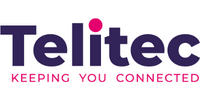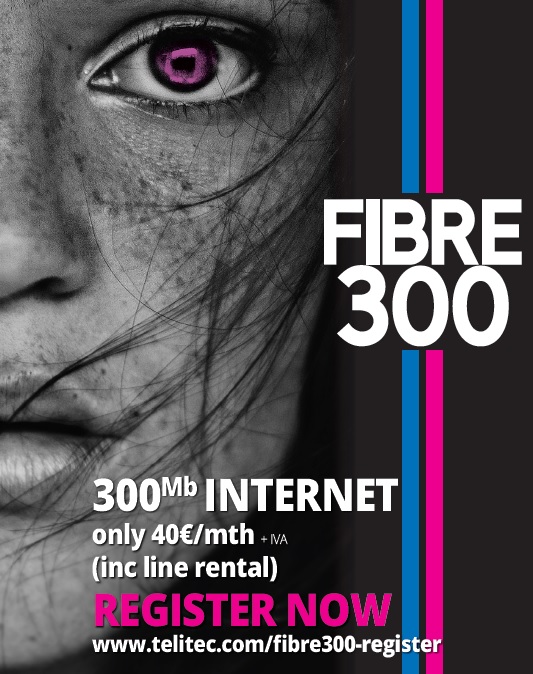Fiber-optic lines have revolutionized long-distance phone calls, TV and the Internet.
You hear about fiber-optic cables whenever people talk about the telephone system, the TV system or the Internet. Fiber-optic lines are strands of optically pure glass as thin as a human hair that carry digital information over long distances. They are also used in medical imaging and mechanical engineering inspection.
The speed of light is approximately 186,000 miles per second.
Fiber optic cable is made from hundreds of hair-like strands of glass to send pulses of light to carry data directly into a home computer. As the laser-generated pulses of light reach the subscriber’s home, a converter changes them into the electrical impulses that computers use.
Business and industry have used fiber optic technology for years to quickly move large amounts of data. Recently, however, fiber-to-the-home, or FTTH, is bringing the technology to the home Internet user.
With more Web surfers using the Internet to download and upload videos, movies, music and pictures, bandwidth and speed are critical. Fiber optic internet service represents a huge step forward, claiming fibre loads music, pictures and video up to 25 times faster than traditional cable.
Although fiber optic Internet access is becoming more popular, FTTH technology such as FiOS is not yet available everywhere. Also, there are many factors — including network structure and other hardware availability — that determine the actual speed a subscriber ultimately receives.








